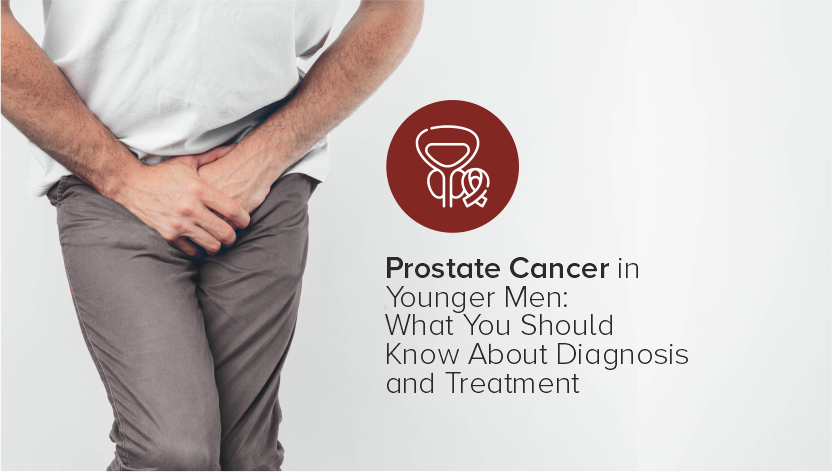Prostate cancer is a significant health issue that we often associate with older men, yet recent data highlights a worrying trend. More young men, even those in their 30s and 40s, are being diagnosed with prostate cancer. The shift prompts an urgent need to shed light on the disease's characteristics in younger demographics, including its diagnosis and treatment.
